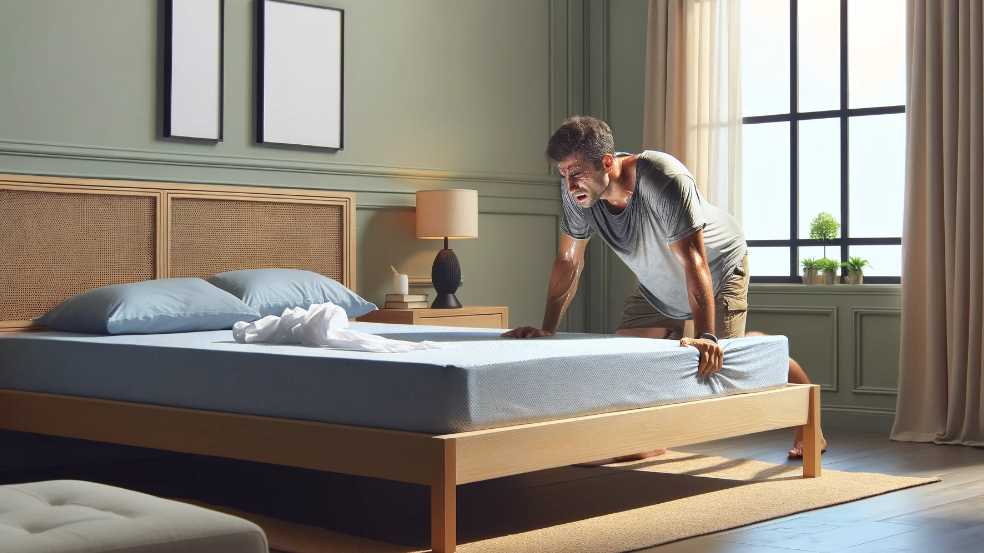Can Too Many Pillows Cause Snoring: The Surprising Truth

Snoring is a common problem affecting millions of people worldwide, causing disturbances in their sleep patterns and often leading to ...
Read moreCan You Use a Travel Pillow in Bed

Travel pillows are widely known for providing comfort and support while on the go. However, have you ever wondered ...
Read moreCan You Use Queen Pillows on a King Bed

If you’re wondering whether you can use queen pillows on a king bed, you’ve come to the right place. ...
Read moreCan You Put an Adjustable Bed on Risers: Unlock the Power of Versatility

Yes, you can put an adjustable bed on risers. Adjustable beds are designed to provide customizable sleeping positions, and placing ...
Read moreCan Bed Sheets Make You Sweat? Discover the Truth Behind the Nighttime Perspiration

Yes, bed sheets can make you sweat. Bed sheets play a significant role in regulating body temperature and comfort during ...
Read moreCan I Make a Tie Blanket With Flannel: Ultimate Guide for Cozy Creations

Yes, you can make a tie blanket with flannel. Flannel is a great fabric choice for tie blankets. Its soft ...
Read moreCan a Dreamcloud Mattress Go on a Box Spring: Comprehensive Guide

Yes, you can place a Dreamcloud mattress on the box spring. DreamCloud mattresses are designed to be compatible with various ...
Read moreAre There Earbuds for Sleeping? Discover the Game-Changing Sleep Accessories!

Yes, there are earbuds specifically designed for sleeping. Sleeping earbuds are designed to provide comfort and block out ambient noise, ...
Read moreHow to Sleep Sideways With Headphones: Unlocking Ultimate Comfort

Place a soft pillow or towel between your ear and the pillow to sleep sideways with headphones. To sleep sideways ...
Read more